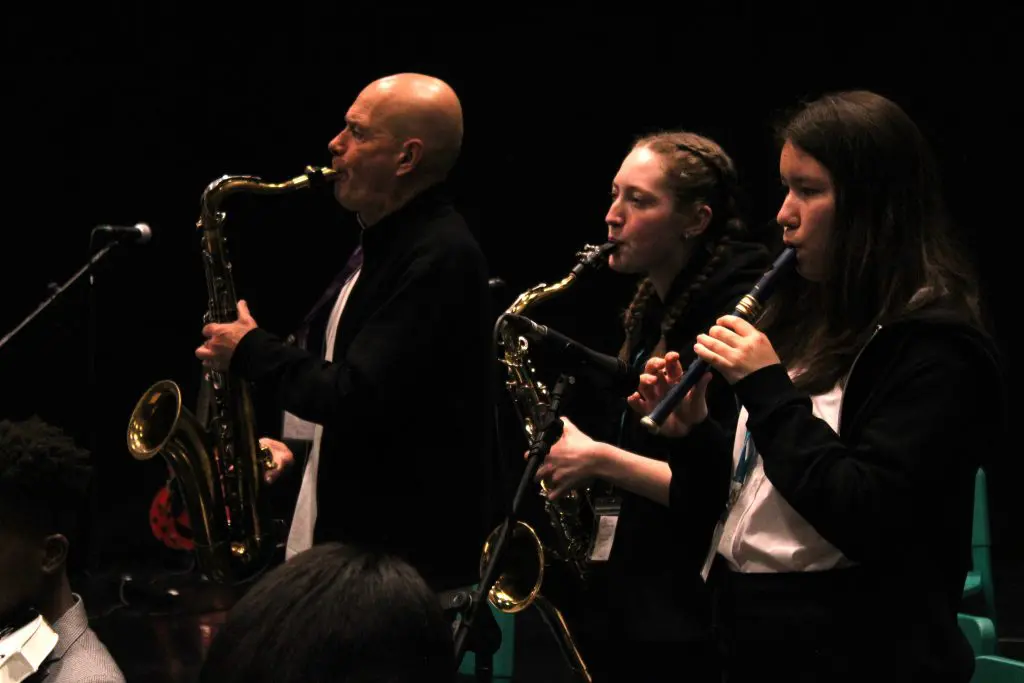The Secrets Behind Spooky Music
As Halloween approaches, eerie tunes and ghostly soundtracks fill the air. Spooky music and creepy sounds seem to be everywhere in October! But have you ever wondered why some pieces of music send shivers down your spine? It’s not magic, it’s music theory. Composers have been using a few clever tricks for centuries to create that unmistakably spooky sound.
Minor Keys
A major chord sounds bright and happy, but shift it into a minor key and suddenly the mood changes.
Minor keys naturally sound darker and more mysterious, which makes them perfect for setting a chilling scene.
Many famous spooky themes, from Saint-Saëns to the Halloween movie soundtrack, use minor keys to create an instant sense of unease.
Check out Danse Macabre, and notice how the violin creeps up and down one semitone at a time and the orchestra remains quiet before sudden bursts of volume.
Dissonance
When two notes don’t sound quite “right” together, that’s called dissonance.
These clashing sounds make listeners feel tense or unsettled, and that’s exactly what a composer wants when they’re aiming to give you a fright.
Think of the screeching violins in Psycho. They make you feel that something isn’t quite as it should be. Listen out for the sharp dissonant intervals and the sudden loud chord that jolts you.
Chromatic movement
Instead of jumping from note to note, composers sometimes move by tiny steps, creeping up or down the scale. This slow, slithering movement builds suspense, like footsteps getting closer and closer. It’s a simple technique that adds a real sense of dread.
In the Hall of the Mountain King by Edvard Grieg is a good example of creeping, step-by-step motion in the music. As the piece progresses, the theme ascends and builds steadily, giving a sense of growing suspense.
Listen for how the orchestration begins low, quietly, then gradually rises in pitch, faster tempo and intensity. It’s a great example of music moving by tiny steps to build suspense.
Sudden Dynamics
Finally, there’s the art of surprise. Everything goes quiet… and then, suddenly…
BAM!
…a loud chord or burst of sound makes you jump. These sudden changes in volume, known as dynamics, are a classic tool for shock and suspense.
A brilliant example comes from Beethoven’s Symphony No. 5. Its famous opening motif moves sharply between loud and soft, creating a sense of tension and urgency.
Those sudden shifts in dynamics keep listeners on edge and add to the piece’s powerful feeling of struggle and drama.
So next time you’re watching a horror movie or listening to spooky music, keep an ear out for these musical ingredients. You might start to notice just how cleverly composers use sound to make us shiver…
If you’re inspired to try your own hand at creating spooky sounds, why not explore music lessons or groups and courses that include some composition? You might like…
